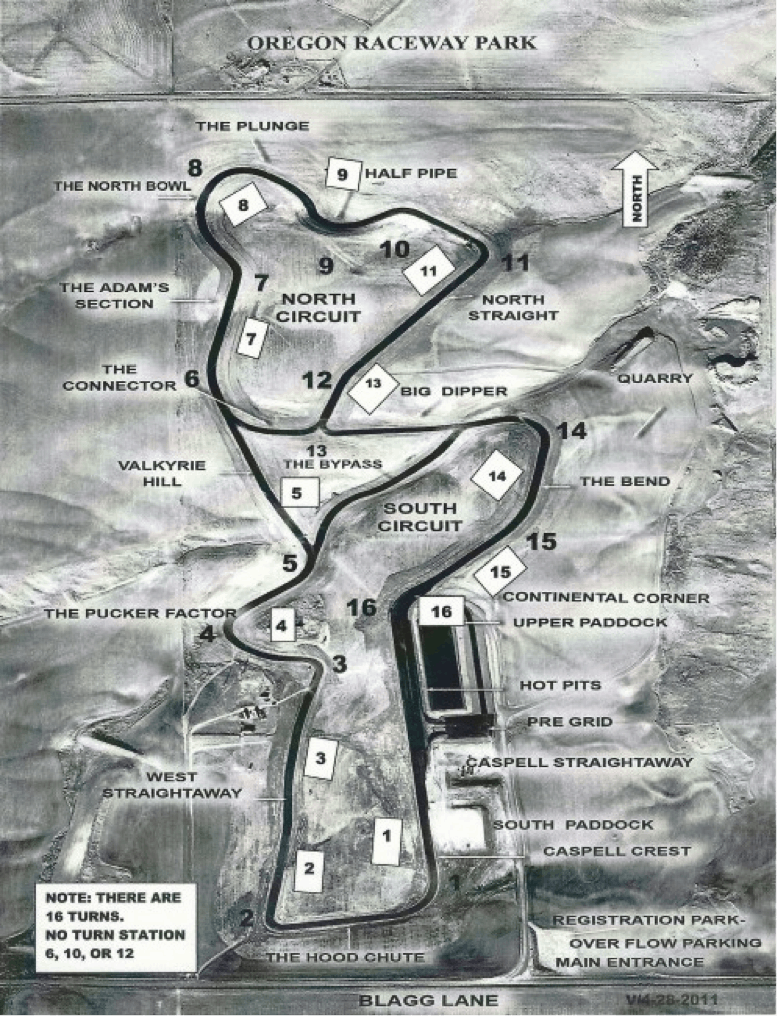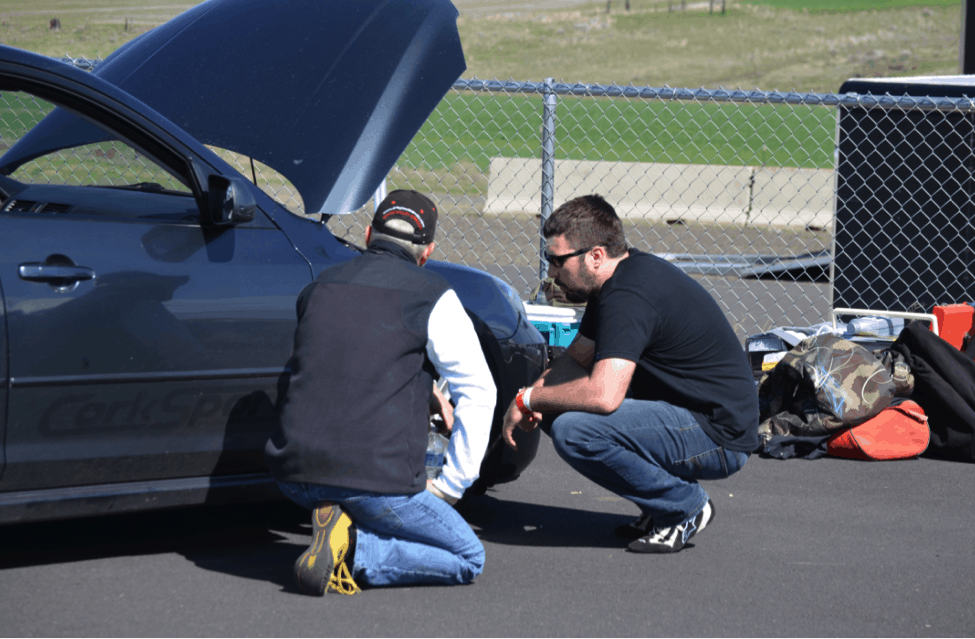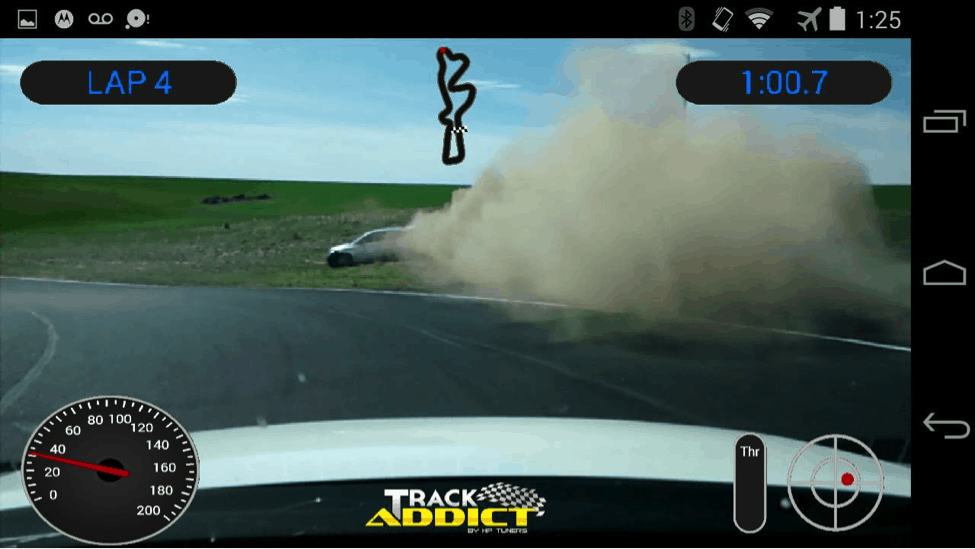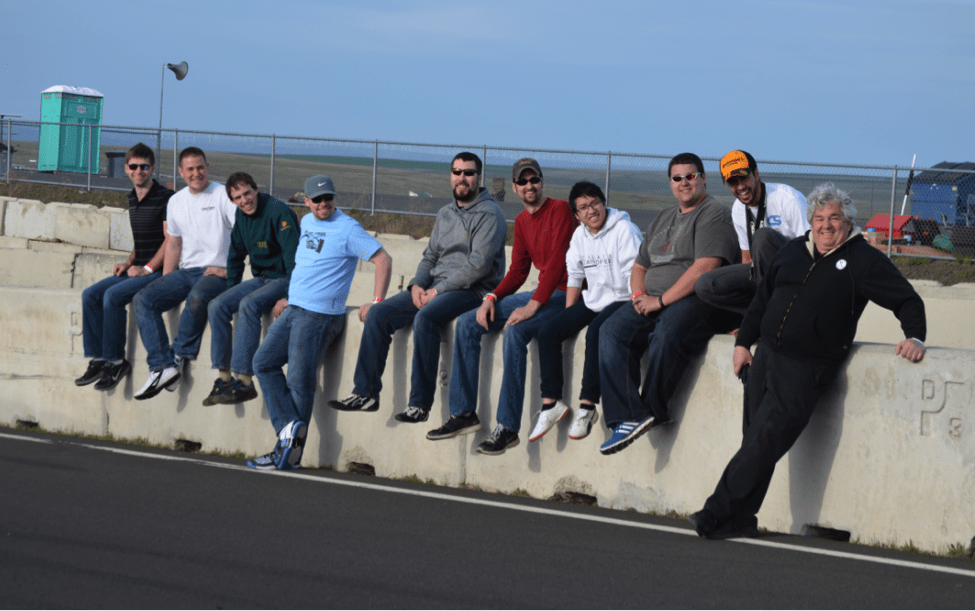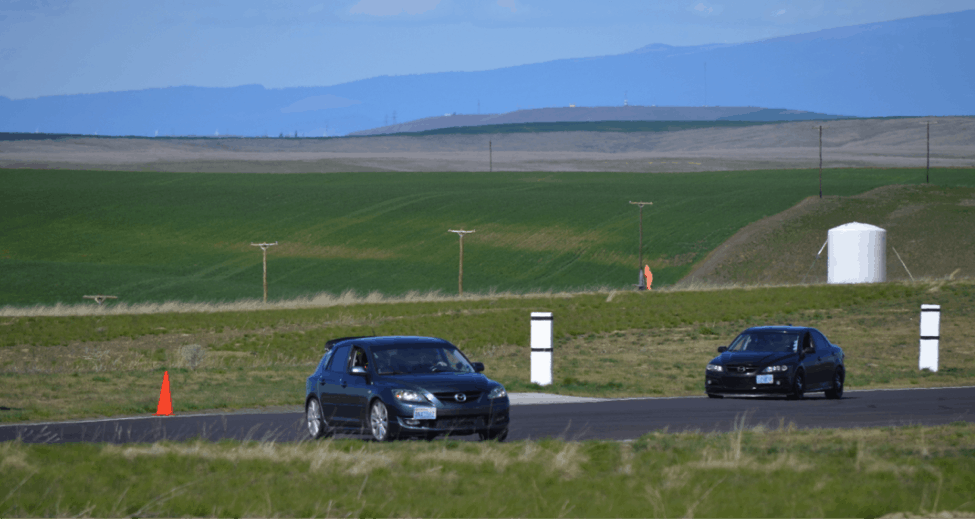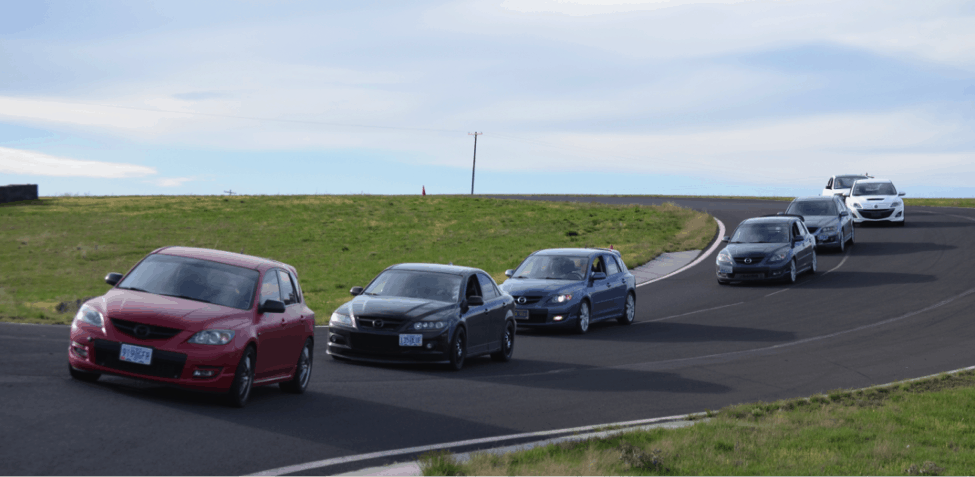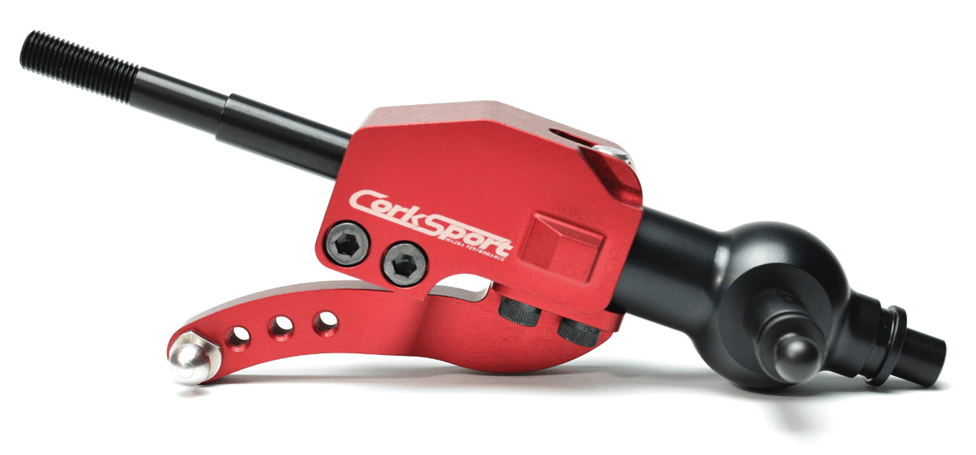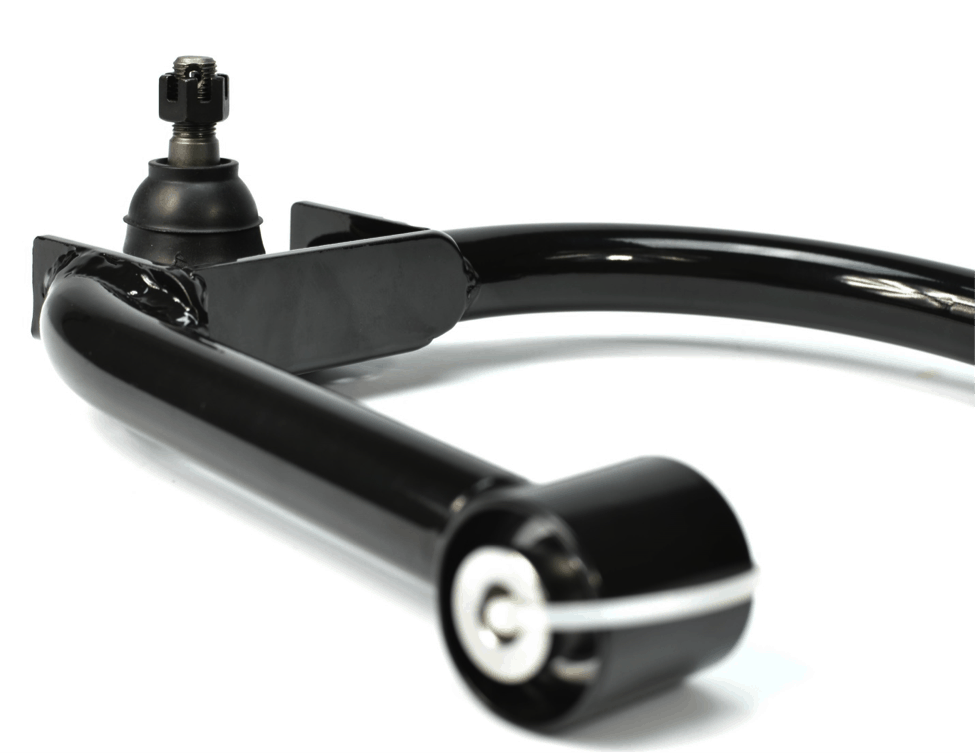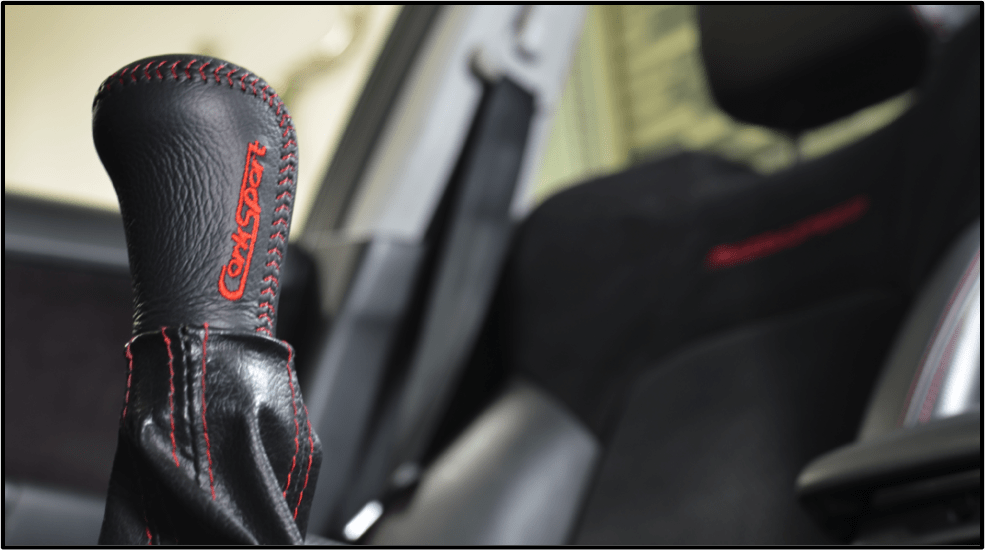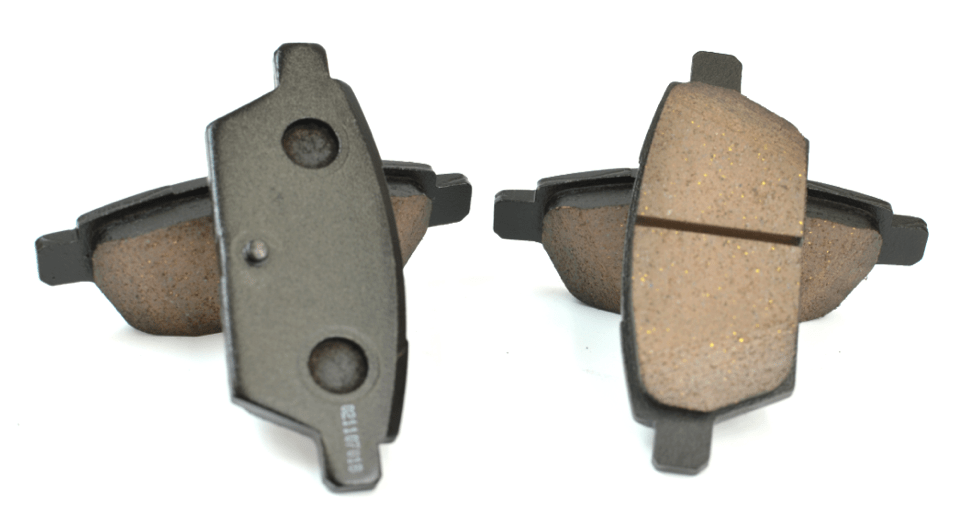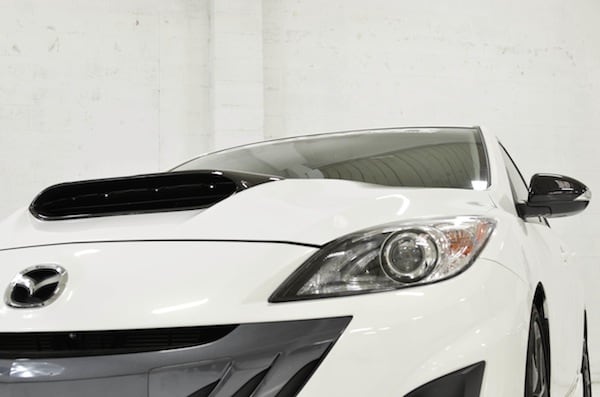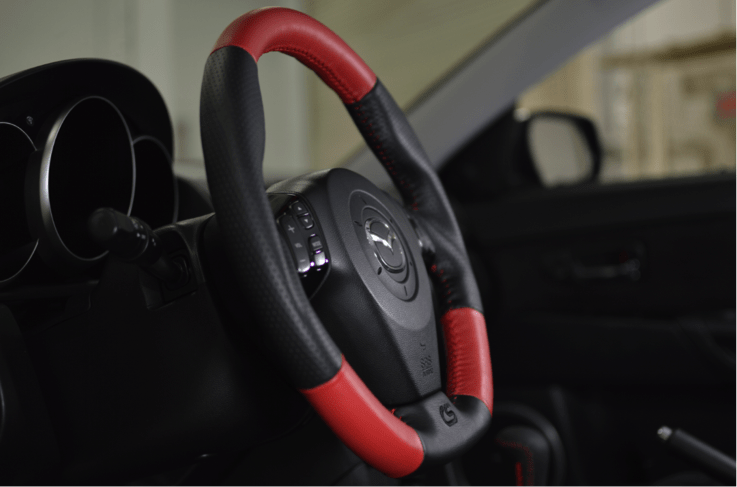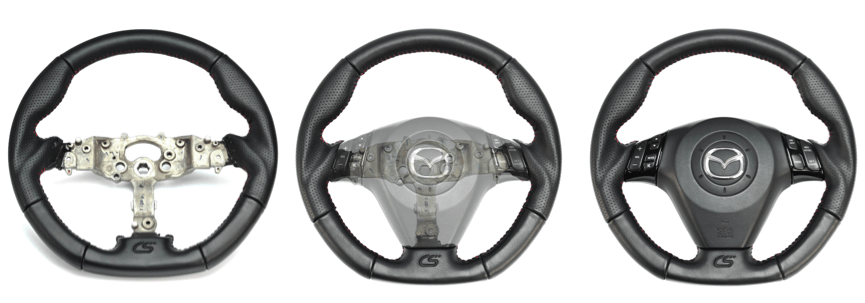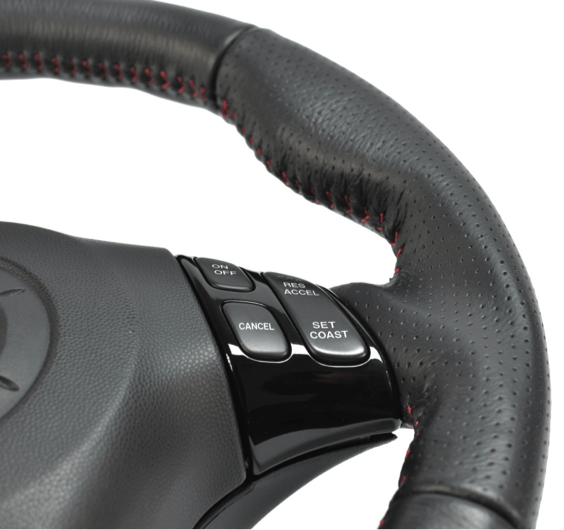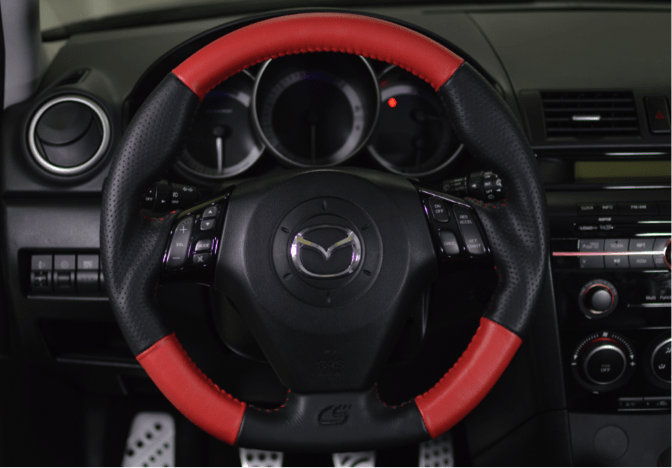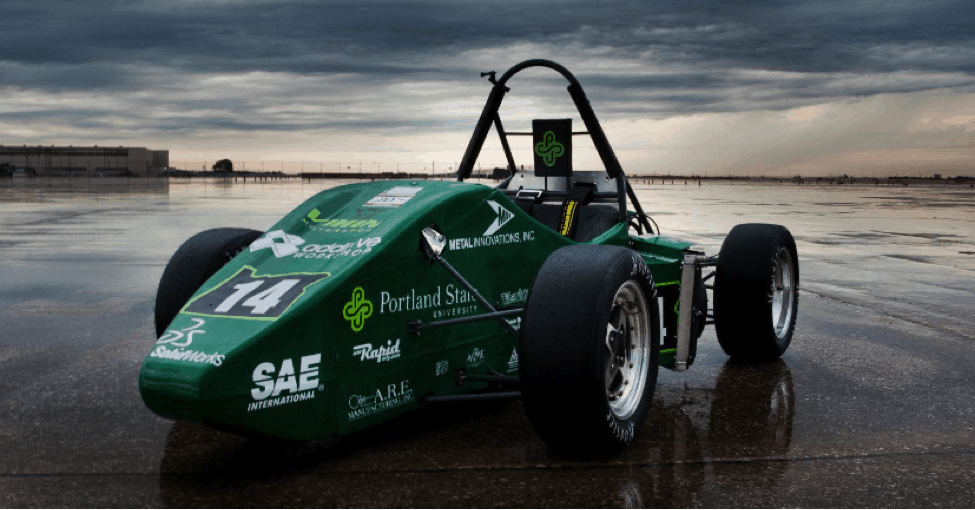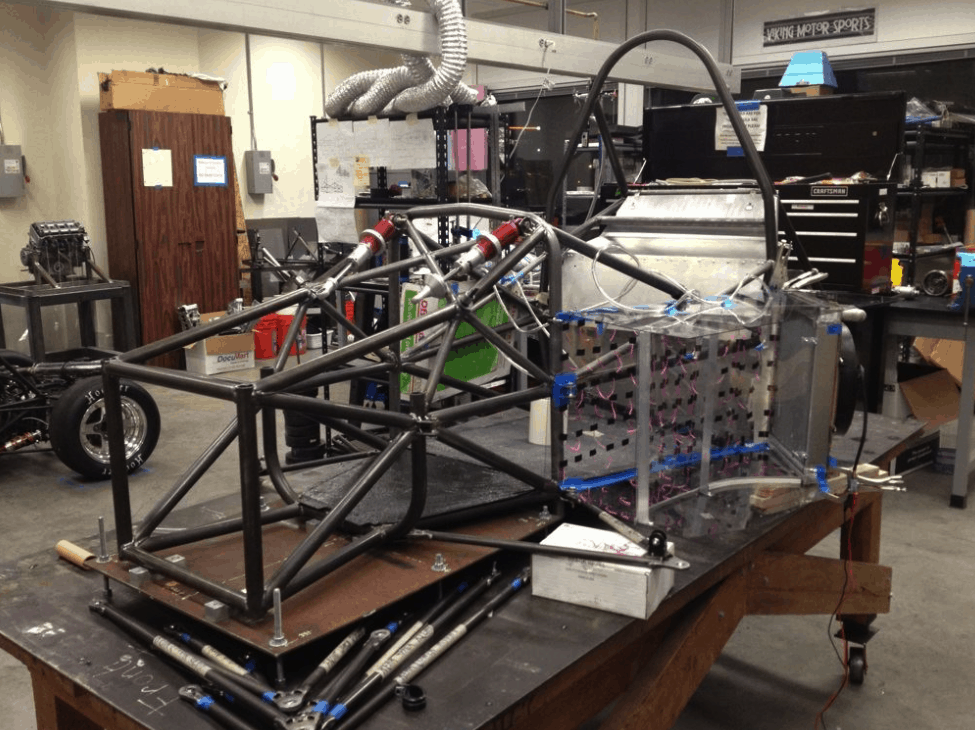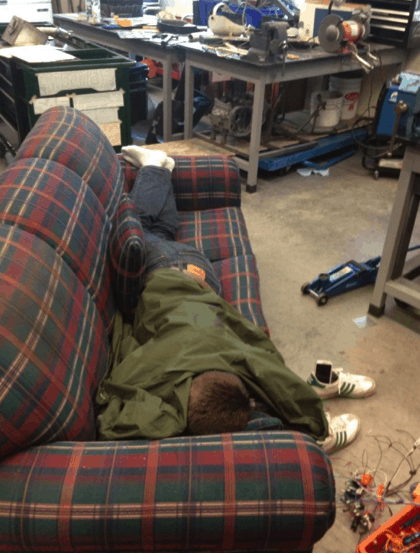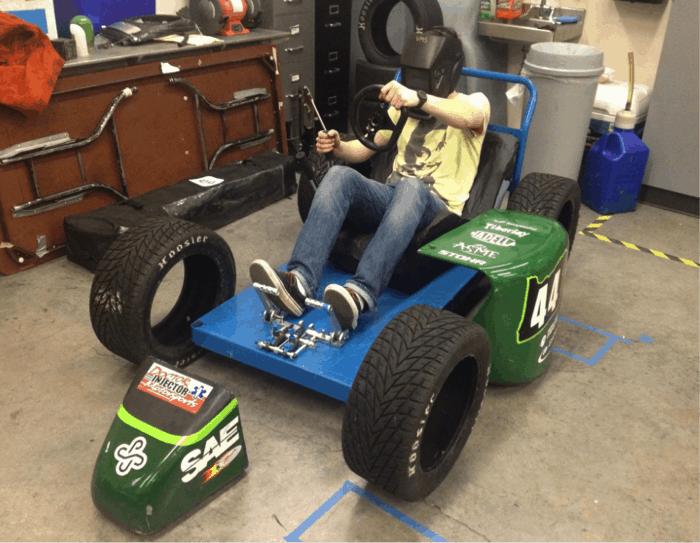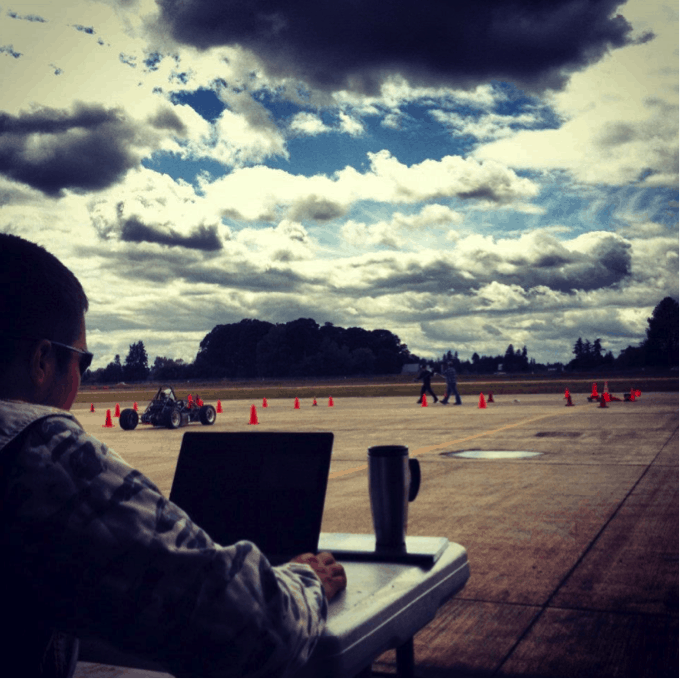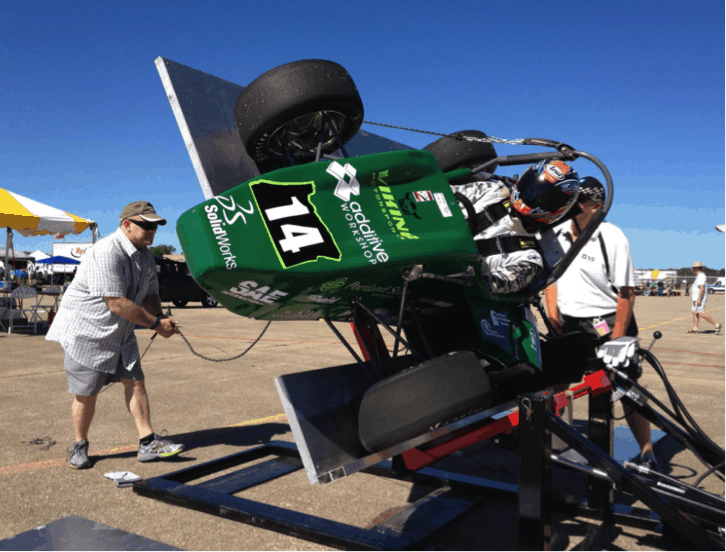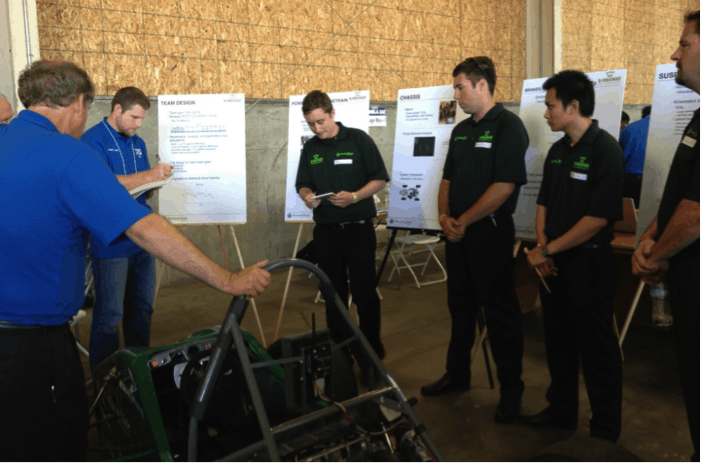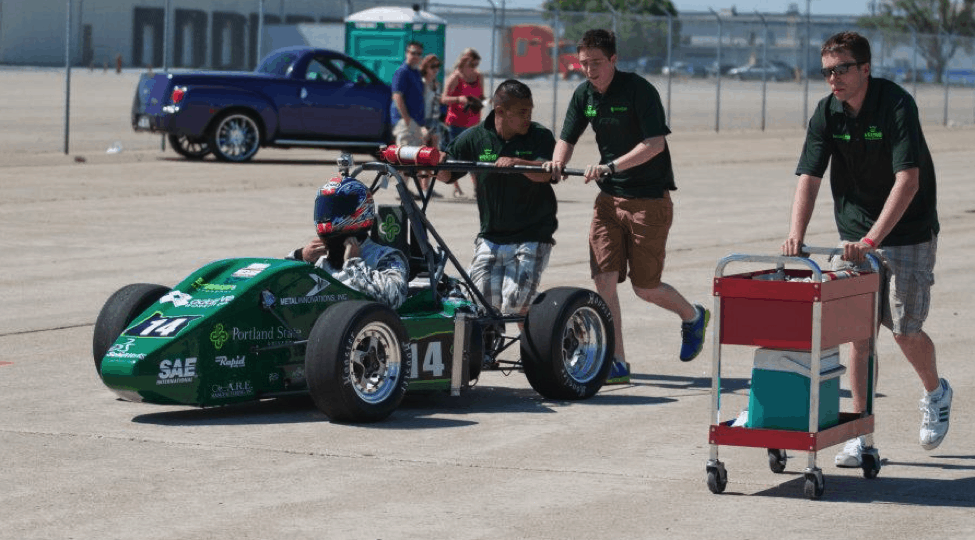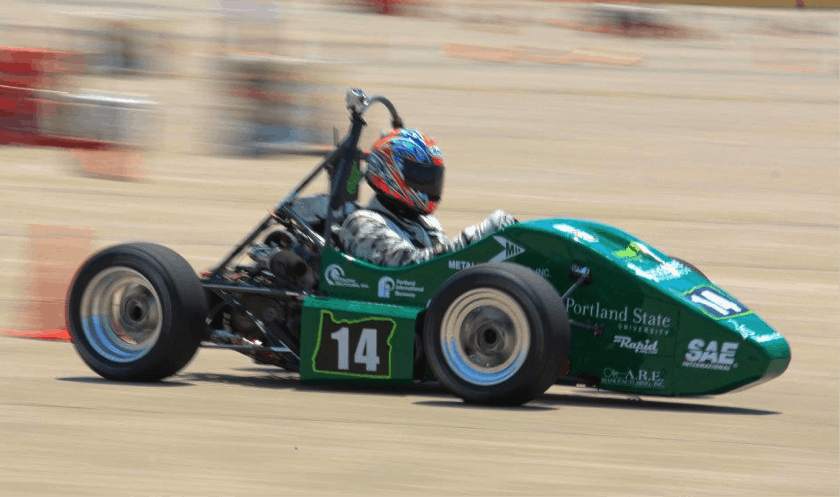Last weekend I experienced my first track day ever, and quite frankly it was awesome. I didn’t really know what to expect because I only knew autocross and track in the context of a Formula SAE race car. In short: Ripping around a track at 100mph is far more exciting than ripping around a cone at 35mph.
Oregon Raceway Park (ORP) is located in Grass Valley, OR in the rolling hills just south of the gorge—also know as “BFN.” Now, that’s not intended to be a negative, just an observation. The location of the track is open and beautiful, which you’ll see in the following images. It’s a bit of a drive, but oh: So worth it.
OK, back to the track. The image below is the terrain track map with the descriptions of each straightaway, turn, and associated components of a fully functional road race course. 16 turns make up this beautiful 2.3 mile loop that has as many elevation changes as a roller coaster.
At the Track
So what was my first track day experience like?
First, let me provided some background information. My car is a 2009 Mazdaspeed 3 with CorkSport springs/struts, RSB, and a handful of goodies under the hood. That’s all great, but most important to a race car are brakes and tires, and mine are lackluster to say the least. OEM calipers and rotors with some old P ZERO NERO All Seasons are not the best combination for a track day, but that wasn’t going to stop me.
The track day was put on by ORP and Team Continental. The instructors were top notch, and the officials made the event a complete success. The actual event was a High Performance Driving Education (HPDE) with 4 levels ranging from beginner to licensed racing driver, each racing in separate sessions.
A Little Advice
My first suggestion: Get off your high horse and go to an event that provides you with an instructor. I’ll admit, I signed up for the intermediate level HPDE because I thought I had enough experience from autocrossing. Fortunately, the officials running the event kicked me down to the beginner level, which requires an instructor. Mine, Brian, ended up being a wealth of knowledge. He knew the ORP track extremely well, and as a bonus, he had a Ford Focus RS, so he understood the FWD issues I would be facing.
Next suggestion: Don’t be afraid to go off track, but do be cautious of it. ORP is very forgiving for noobs, as there wasn’t anything to hit off track; but plenty of tracks out there are not at all forgiving. Below, you can see one of the Nator OR guys, Vincent Pham, doing a little off road adventure after coming into a corner too hot. He got his MS3 stopped, then waited for a clearing in traffic and continued on. No harm, no foul. I’m guilty of this as well. I went completely off track once in turn 16, and I still drove my car home.
My last piece of advice: Go with your buddies! There is nothing more rewarding than passing your buddy in the straightaway and him giving you the one finger salute. Below is a handful of the Nator OR members, and one of the track officials.
All right, one more suggestion: Have fun! That’s why we do this, right? Don’t get frustrated with your driving or your car’s performance, because then you stop having fun. My car was probably one of the more powerful Speeds there, but I had by far the worst tires and most faded brakes holding me back. I decided to focus on my lines and being smooth instead of going for the best lap time I could. My results: Best lap of 2:07 and a day I’ll never forget.
Track Day Outcomes
I highly recommend you participate in a track day, even if you’re only a smidgeon interested. There are two possible outcomes from participating in a track day:
First, you have a good time, but decide one track day in your life was enough. There’s nothing wrong with that, because your daily driving will be improved from just a few hours on the track. Pushing your car on the track lets you find you and your car’s limits, so you’ll be better at assessing and controlling an emergency situation on a public road.
Second, and most likely, you become hooked just like me. You begin scheduling family events around track days, going through tires and brakes like they grow on trees, and calculating your fuel mileage in smiles per gallon. Do yourself a favor as a car enthusiast and participate in the next local track day. I promise you will love it!
Oh! And check out the video below I made from my last session at ORP.



